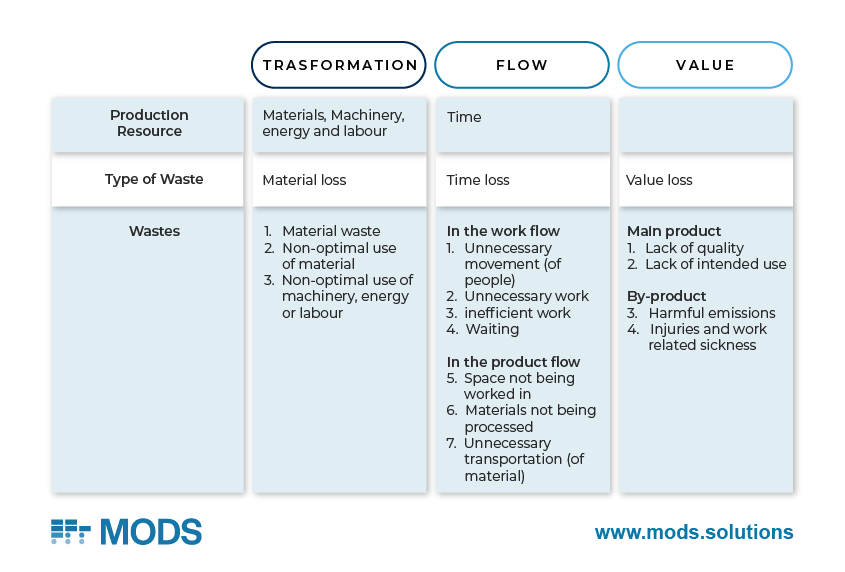Digital Completions in Plant Modifications and Upgrades
Unlike greenfield or any new build construction projects, plant modifications and upgrades present a unique set of challenges. Work is carried out...
4 min read
 Lisa De Vellis, PE
:
Aug 25, 2022 11:20:16 AM
Lisa De Vellis, PE
:
Aug 25, 2022 11:20:16 AM

The extent to which workflows are data-driven in industrial construction projects, be they newbuild or upgrades, determine resource use efficiency and overall project success. According to the Lean Construction Institute (LCI), seventy percent of construction projects run over schedule and over budget. This, and other sector ills such as industrial health and safety records and carbon footprint, paralyze progress and reliable project delivery. Lean construction addresses these ubiquitous problems with a philosophy that underscores the need for new, digital ways of working.
Drawn from Toyota's production philosophy ("Lean manufacturing"), Lean minimizes waste including unnecessary practices or deviations from the most streamlined approaches, thereby maximizing value. Lean methodology relies on continuous improvement practices that strive towards perfection.
Lean construction takes this theoretical framework and approaches construction as a production process with the constructed asset being the product. Lean strives to continuously minimize workflow variability so as to streamline throughput (ie flow of work, on a macro scale, from discipline to discipline).
Certainly, Toyota's Lean production is not a plug-and-play approach for construction. Production assembly lines and other manufacturing processes output a product - the product flows through a production process. In construction, however, work flows through the product - the product being the constructed asset.
In the early 90s, the Lean framework was adapted for construction to account for the above difference. This adaptation revolves around the Transformation, Flow and Value (TFV) theory. In a production environment such as a car manufacturing assembly line, production flow is easily measured and those metrics offer straightforward means towards streamlining processes, as the continuous improvement loop in the Lean ideology demands.

The overarching transformation element is unique to Lean construction (versus Lean production). Because it is project oriented, Lean construction doesn't aim for long-term perfection by virtue of this transformation element, which by definition only occurs once in a given construction project. Meaning that the asset under development undergoes transformation during construction, versus a cog production line whereby volumes of cogs are produced day in and day out.
Because the asset is considered to be the product, and there is only one product (ie asset) per construction project, it is difficult to learn from and improve upon, unlike a repetitive manufacturing process. Lean construction does, however, revolve around minimizing waste in many forms in a similar manner to that of a manufacturing process.
While construction itself is not a continuous process in the way that manufacturing is - construction projects have a start and an end - applying Lean principles is continuous throughout all project phases from design to procurement, to construction and through to handover. Lean requires all stakeholders working together under this shared philosophy of minimizing waste of both time and material resources to maximize value. Effectively, if added time or an added process doesn't directly add value, it is considered superfluous and can be axed in favor of a more streamlined approach.
Benefits of a Lean construction approach are numerous and include:
In practice, Lean benefits speak for themselves, translating to schedule and budget adherence and, hence, stronger project delivery. The Lean approach is a mindset, a framework, governed by a suite of tenants and identifying function potential losses to target and mitigate.
The Lean Construction Institute (LCI) expounds the following six tenants:
There's a toolbox supporting this paradigm. Constraint analysis and, more specifically, the Plan, Do, Check, Adjust (PDCA) cycle define a technique to help. This technique is effectively a scientific thought process following the identification of a constraint that tests hypotheses for improvement.
The PDCA cycle is as follows: first, plan to address the constraint, implement the new activity, check to see if it's working or not and, finally, adjust accordingly.

Rafael Sacks et al. say it most succinctly In Cambridge University Press:
"Lean construction prioritizes achievement of smooth production flows with minimal variation and thus minimal waste of resources." The PDCA technique addresses variants, or constraints, and tackles them.
But this is only the beginning of Lean. Sacks goes on: "…lean construction provides the principles for an effective model of production planning and control that can exploit the information generated by the monitoring and interpretation aspects of the digital twin to optimize workflows."
Lean construction encourages digital methods, feeding into Building Information Management (BIM) systems including things such as digital as-builts, which subsequently snowballs into more exciting technological tools such as construction digital twins. What this means is that Lean is a digital philosophy. Simply: Lean underpins digital transformation.
Lean breaks construction down into a hierarchy of two workflows:
Certainly, any issue or delay relating to a secondary workflow would impede the primary workflow. Effectively, Lean cuts out waste so as to maximize value. In construction, the Transformation-Flow-Value (TFV) theory specifies three different types of waste: material loss, time loss and value loss, representing transformation, flow and value, respectively. This can be broken down further.
While the macro perspective of transformation in construction projects has been discussed above, the transformation phase of the TVF theory is of a more local, micro-perspective in terms of material transformation. Material loss in construction includes unused excess of the material, non-optimal use of the material (ie using an unnecessary amount) and excess energy, labor and/or machinery used in the transformation of said material.
The flow phase of the TFV theory refers simply to the construction processes and workflows. Time loss in both the construction process itself as well as in construction operations are as follows:
Time loss in the construction process:
Time loss in construction operations:
Value waste relates to unwanted outcomes that compromise project quality, delivery or budget, for example. Built into project quality outcomes, value waste includes unwanted byproducts of the construction process such as occupational health and safety issues, near misses, injuries and excess, harmful emissions or other derogatory output.
Value loss in construction includes:

Lean principles demand smarter ways of working that reduce variability, minimize time and resource waste, and maximize value. There are digital tools that support Lean construction principles by addressing each of the potential loss categories of material, time and value.
Materials management software is specifically designed to optimize materials processes, strengthening one major artery of Lean construction. Activity management and work pack software (including the more sophisticated Advanced Work Packaging, AWP, principles) minimize lost time and add value.
Check out our  for more details. Feel free to get in touch if we can help you structure and optimize your materials management.
for more details. Feel free to get in touch if we can help you structure and optimize your materials management.

Unlike greenfield or any new build construction projects, plant modifications and upgrades present a unique set of challenges. Work is carried out...

Turnarounds and shutdowns are among the most critical—and stressful—phases in the management and operation of industrial assets. These planned...

Offshore decommissioning and asset retirement present significant logistical, regulatory, safety, fiscal and reputational challenges. The process of...
How materials are managed in a project plays a crucial role in the project's cost, integrity, and productivity. Material-related processes, such as...

The Global Pandemic has brought with it, death, devastating life changes and a myriad of workplace changes. The Energy industry did not escape the...

Managing materials during a project is critical to project success regarding cost, integrity, and productivity. Most materials linked processes, such...